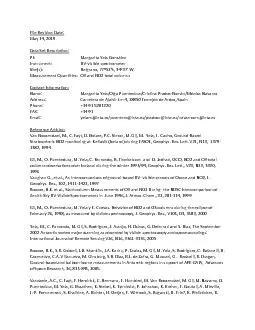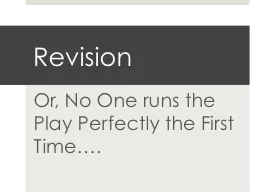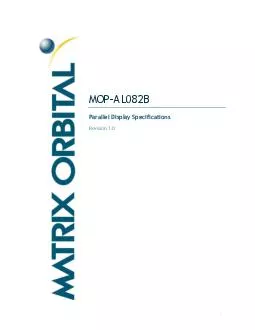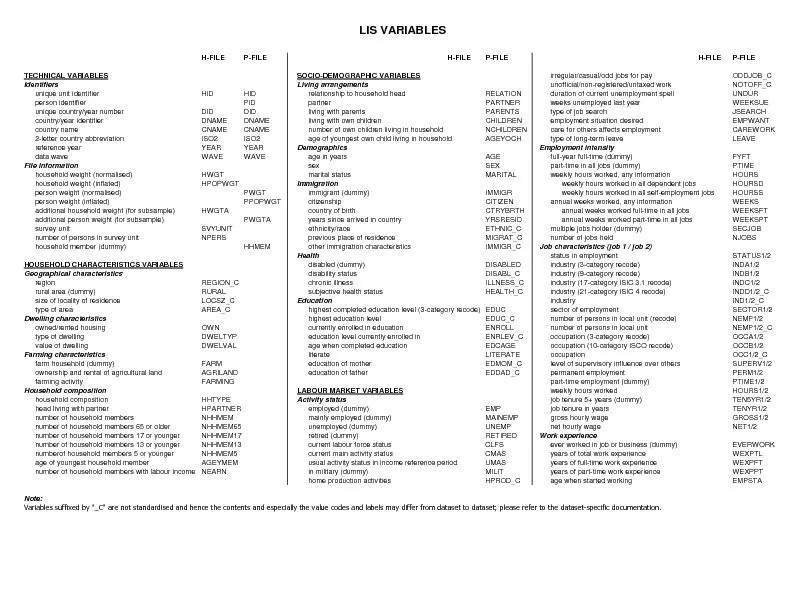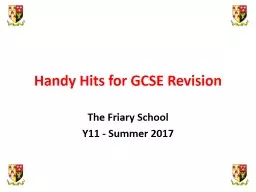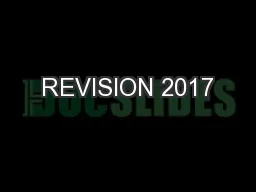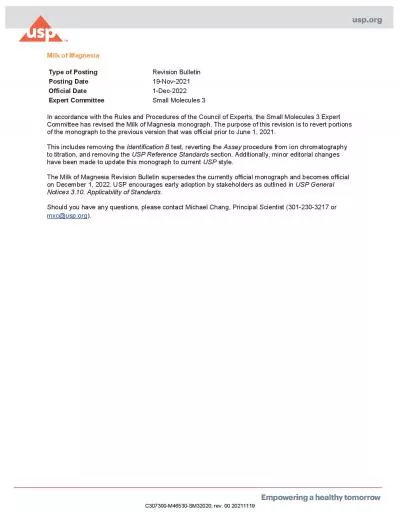PDF-File Revision Date
Author : carny | Published Date : 2021-06-19
May 14 2019 Data Set Description PIMargarita Yela GonzálezInstrumentUVvisible spectrometerSitesBelgrano 77º52146S 34º37146 WMeasurement QuantitiesO3 and NO2 total
Presentation Embed Code
Download Presentation
Download Presentation The PPT/PDF document "File Revision Date" is the property of its rightful owner. Permission is granted to download and print the materials on this website for personal, non-commercial use only, and to display it on your personal computer provided you do not modify the materials and that you retain all copyright notices contained in the materials. By downloading content from our website, you accept the terms of this agreement.
File Revision Date: Transcript
Download Rules Of Document
"File Revision Date"The content belongs to its owner. You may download and print it for personal use, without modification, and keep all copyright notices. By downloading, you agree to these terms.
Related Documents

